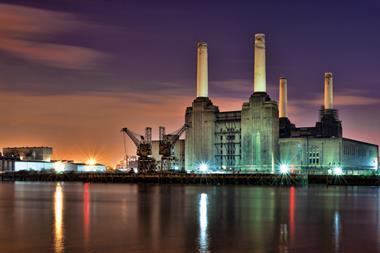Local authorities own 20% of all casual dining restaurants in London according to new data shared exclusively with Property Week.
The number of casual dining chains in the UK has been rapidly increasing since 2012 and private investors own 34% of the 670 total in London according to the latest data from proptech firm Datscha.
Datscha analysed the ownership of properties across England and Wales, leased to Bill’s, Byron, Côte, Jamie’s Italian, McDonald’s, Nando’s, Prezzo and The Restaurant Group. The figures provided relate to leasehold commercial properties only and are based on Land Registry titles.
There has been a rapid rise in casual dining restaurants across the UK in the past 12 months with the average annual growth rate of F&B outlets increasing from 743 new units per year to 1,333 new units in the 12 months to September 2017.
This has led to intense competition within the sector, which has contributed to a reduction in vacancy rates on the high street.

“Some of the casual dining chains may have over-expanded; operators including Prezzo and Byron have recently announced plans to close underperforming restaurants,” said Lesley Males, Datscha’s head of research in the UK. “Changing consumer habits have also had an effect, with the increase in use of discount codes coupled with more online delivery services such as Ubereats and Deliveroo eroding profits.”
As the majority of these properties are leaseholds, it could prove difficult for landlords to find tenants for properties that have been vacated by loss-making casual dining chains in this retail market according to the report’s authors.
“During 2018 it is likely that there will be a further increase in the number of closures, particularly where there is over-exposure of similar food offerings within close proximity to each other,” Males adds. “Casual dining chains will need to regularly update and improve their offer to cater for the latest consumer trends in order to continue attracting consumers to their restaurants. Those that continue to do this, and are located in prime destinations with high footfall should continue to perform.”





























No comments yet